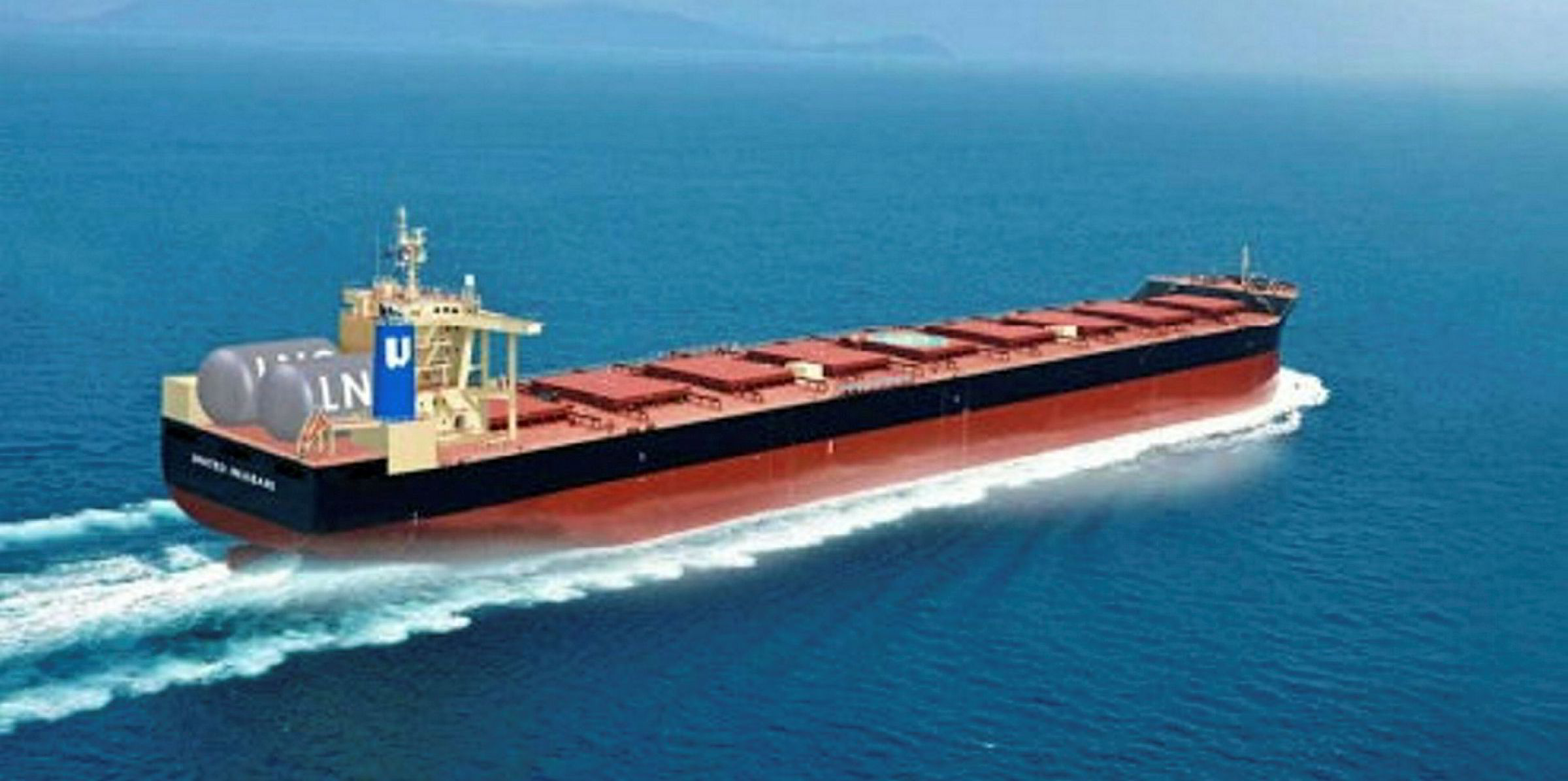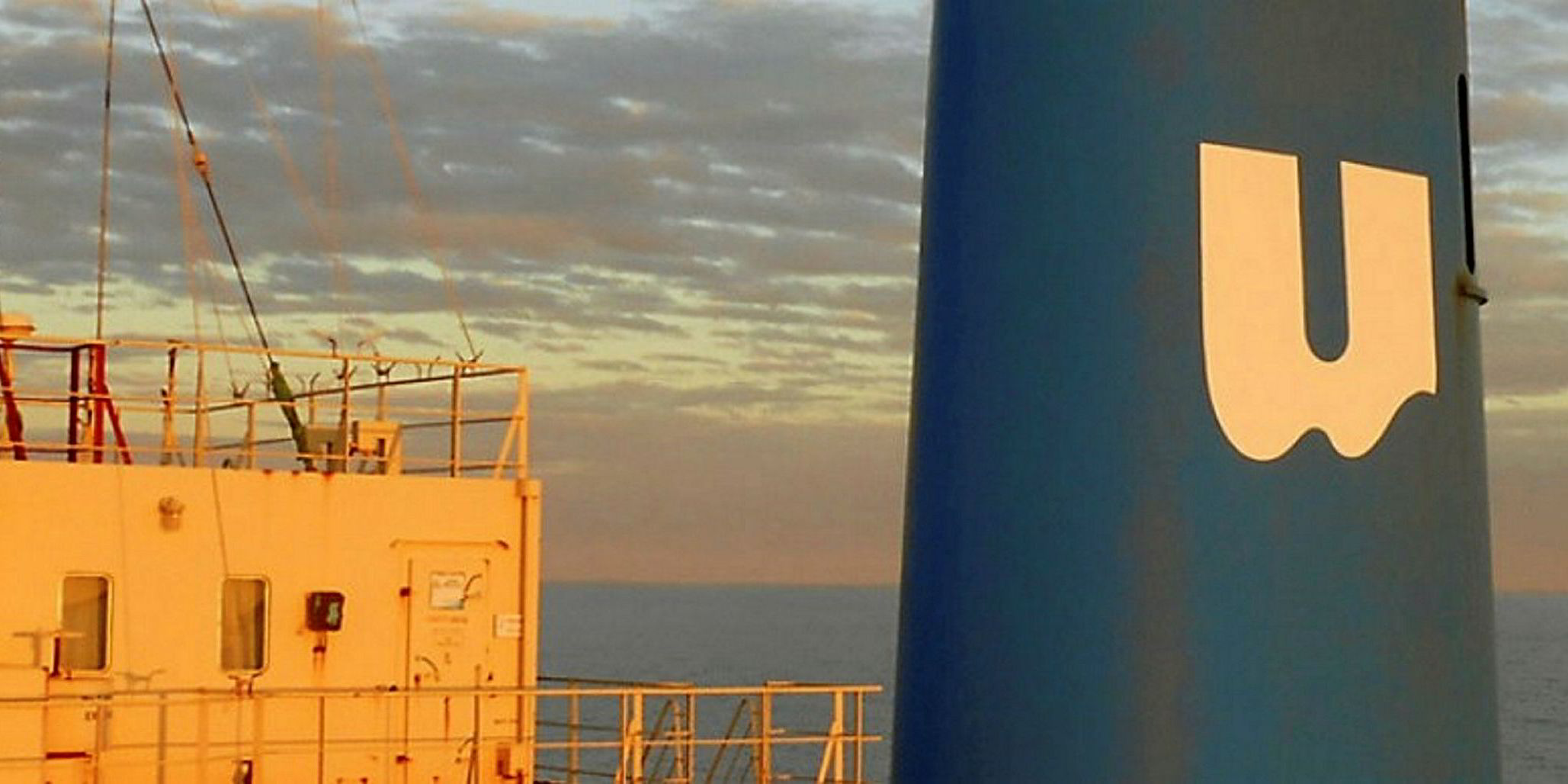Japan's NS United has revealed a design for a new LNG-fuelled capesize bulker to reduce its carbon footprint.
The shipowner has teamed up with domestic yard group Imabari Shipbuilding to win approval in principle from class society ClassNK.
"The company aims to demonstrate even greater consideration for the environment and meet the new regulations by developing an LNG-fuelled vessel that places a smaller burden on the environment, which we consider to be a realistic approach," NS said.
The 210,000-dwt ship features a dual-tank set-up at the stern, using Type C LNG tanks.
These are considered to be cost competitive and comparatively easily installed, the owner added.
Boil-off gas used for engine
"This has made it possible to build an LNG-fuelled vessel without significant changes to the conventional vessel’s basic design," it said.
There is a low-pressure dual-fuel engine for the main propulsion, which can use boil-off gas.
"This design therefore reduces the burden on the environment and lowers running costs," NS said.
The shipowner estimates the vessel will produce 30% fewer emissions than required under the IMO's Energy Efficiency Design Index (EEDI) Phase 3 regime.
South Korea has been leading the way on gas-fuelled ships. Hyundai Heavy Industries has four such capesizes on order for H-Line, which has contracted them against charters to South Korean steelmaker Posco.





